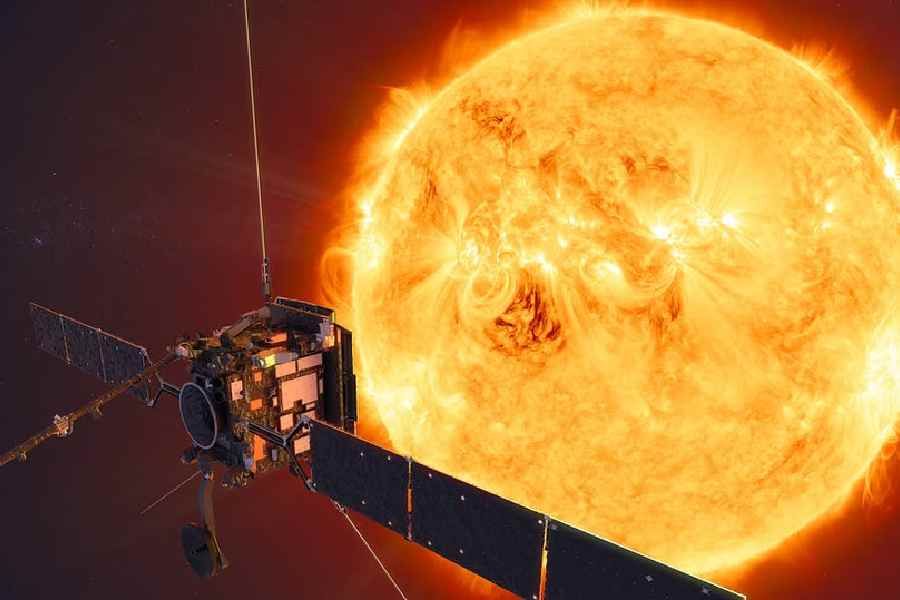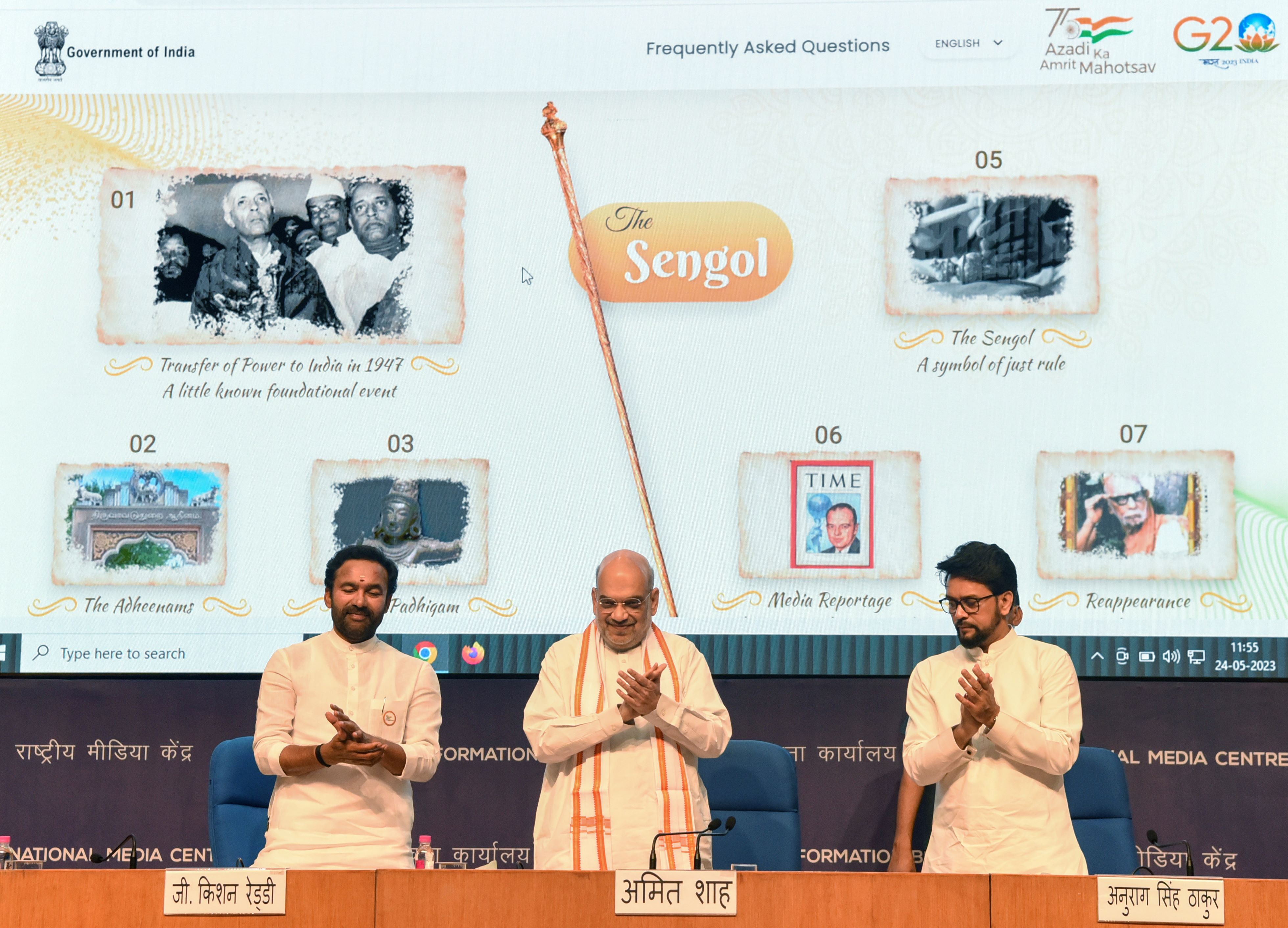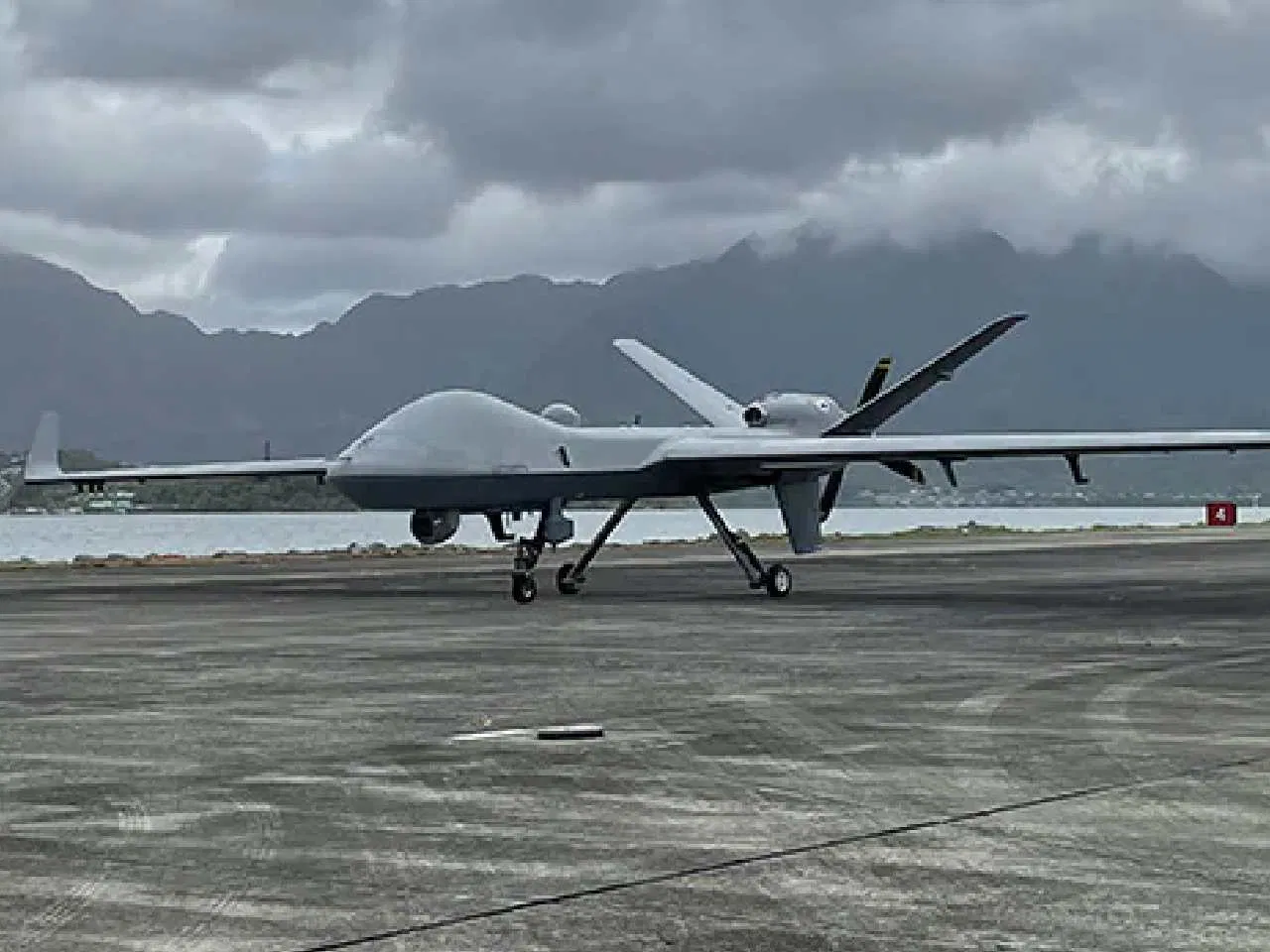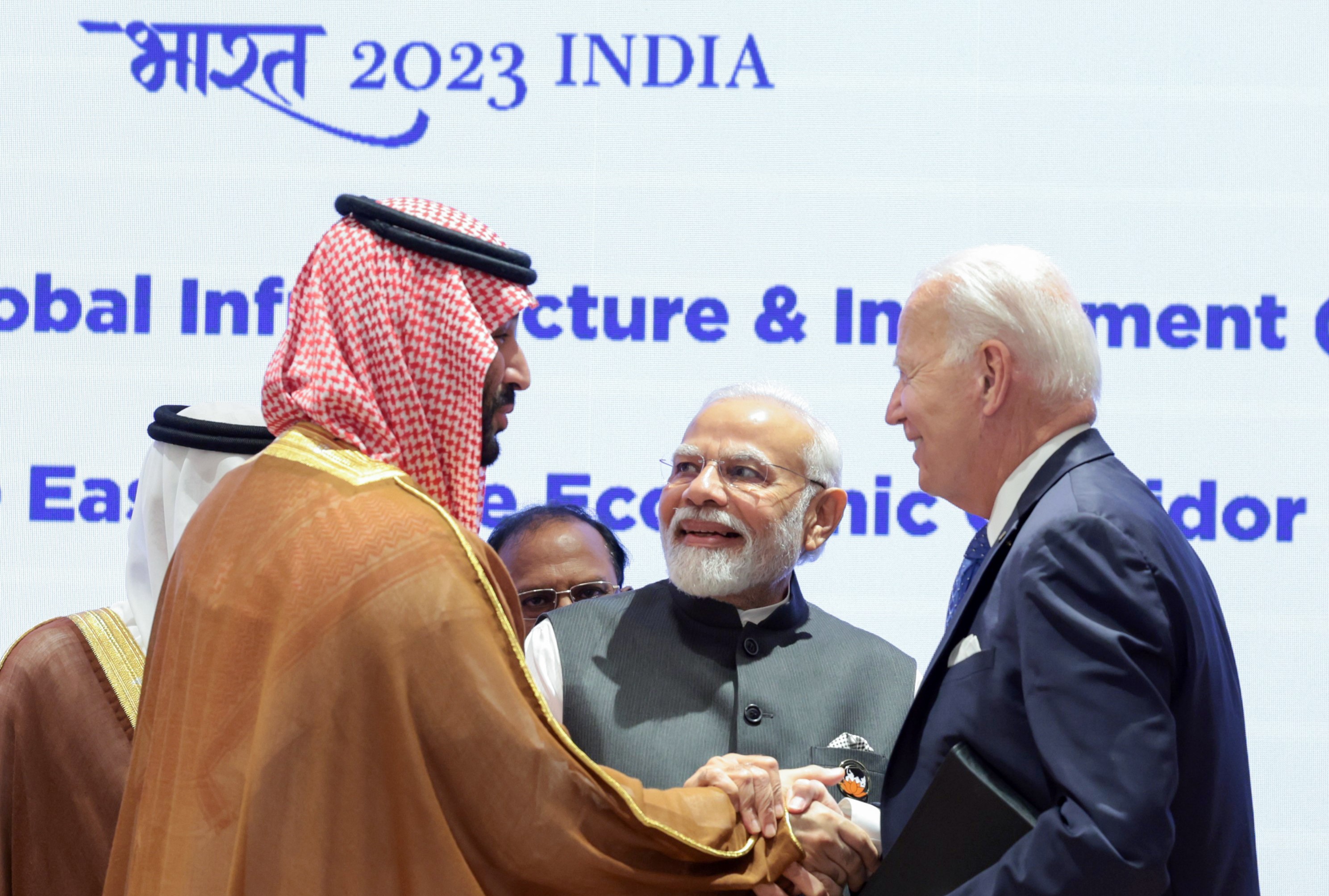Our Bureau
Bengaluru
The new year brought another high point for India, as Aditya L1, the country’s first mission to study the sun, has reached its final destination. Aditya L1, has been placed in a halo-shaped orbit around the Sun-Earth Lagrange Point 1. The point is around 1.5 million km from the Earth, in the direction of the Sun.
Prime Minister Narendra Modi was all praise as he wrote on X, “India creates yet another landmark. India’s first solar observatory Aditya-L1 reaches its destination. It is a testament to the relentless dedication of our scientists in realizing among the most complex and intricate space missions. I join the nation in applauding this extraordinary feat. We will continue to pursue new frontiers of science for the benefit of humanity.”
President Droupadi Murmu highlighted the presence of a large number of women engineers and scientists in Team ISRO. “Significant participation of women scientists in ISRO missions takes women empowerment too onto a higher orbit,” the President wrote on X.
What is Lagrange Point?
Lagrange points, named after French mathematician and astronomer Joseph-Louis Lagrange, are unique locations in space where the gravitational force of two massive bodies nearly neutralize each other. Maintaining the orbit of spacecraft around these points is easier and requires less fuel.
ISRO chairman S Somanath updated “Based on our calculations, it is in the right place. We will monitor for a few hours and make corrections, if necessary. We don’t expect that to happen. Tracking data from the next six hours will confirm the final orbit. Understanding the Sun is not important for India alone, Adiya-L1 is also for the whole of the world. We look forward to scientific outcomes. At least five years of life is guaranteed with the fuel left in the satellite,”
From its vantage point around L1, the solar observatory will have a continuous and uninterrupted view of the sun for the next five years. The space observatory will keep a watch on the changing space weather, warning scientists about events like solar storms and flares that may impact the working of satellites.
According to ISRO, the key objectives of the mission are understanding the coronal heating and solar wind acceleration; understanding the initiation of Coronal Mass Ejection (CME), flares and near-Earth space weather; gaining knowledge of coupling and dynamics of the solar atmosphere; and getting a deeper understanding of solar wind distribution and temperature anisotropy (non-uniformity in different directions).


























